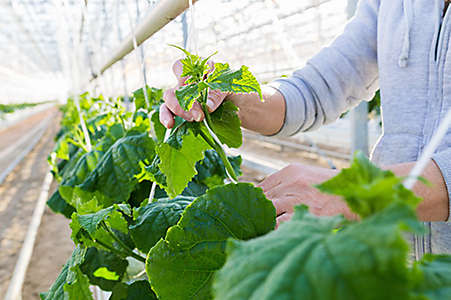Tip 1 - Know your crops
The first thing to consider is the crops you are growing because if the crop changes, so should the program. Researching the most common issues and prevalent pests on crops at certain times of the year is a foundational step for designing a spray program.






